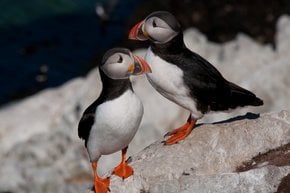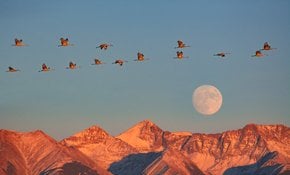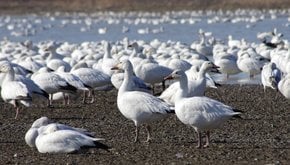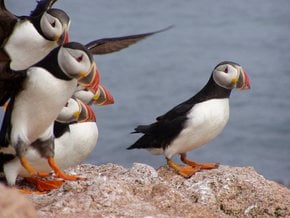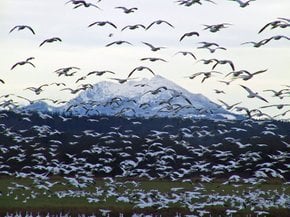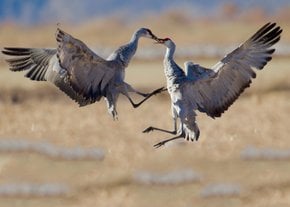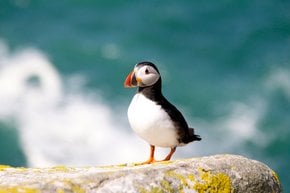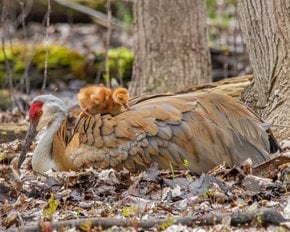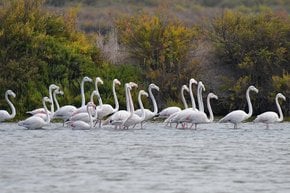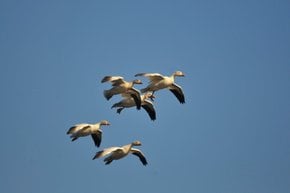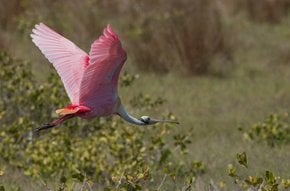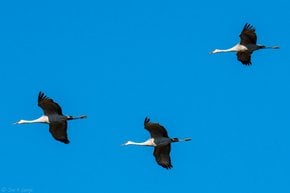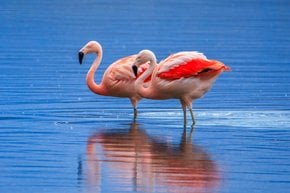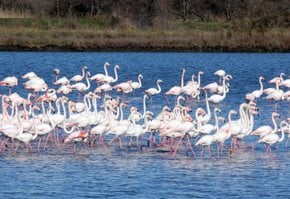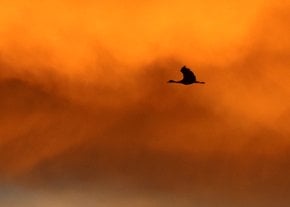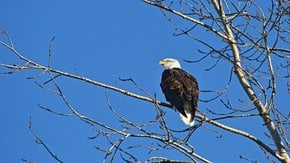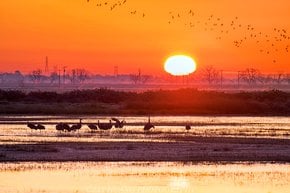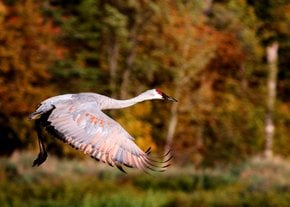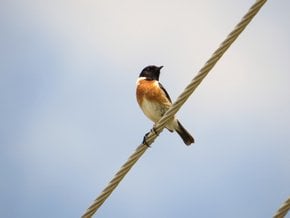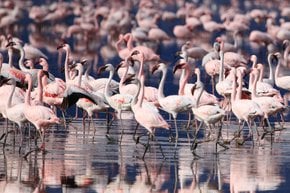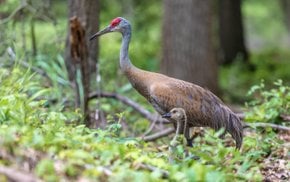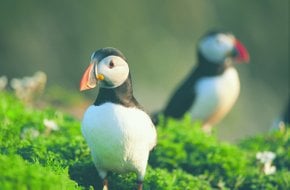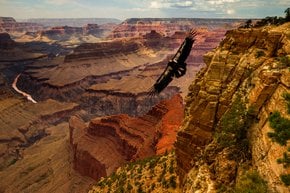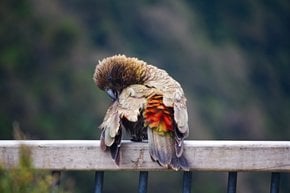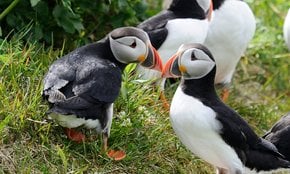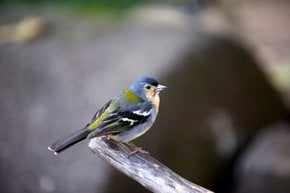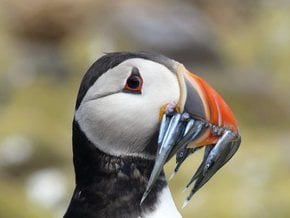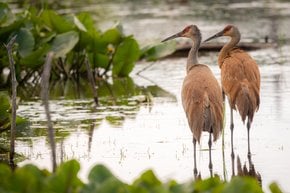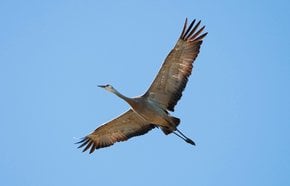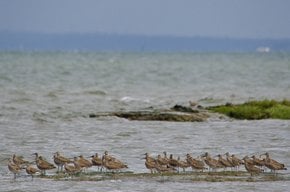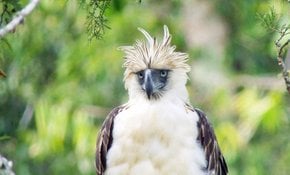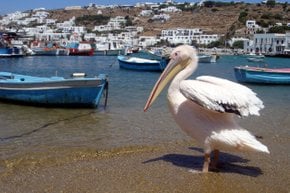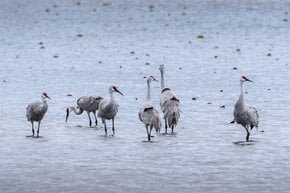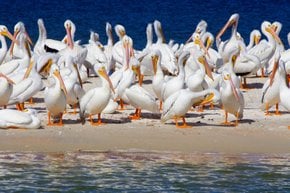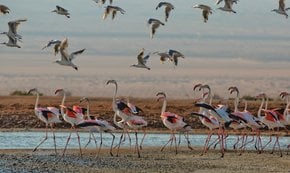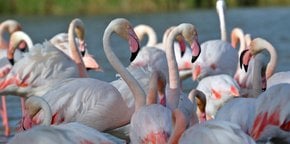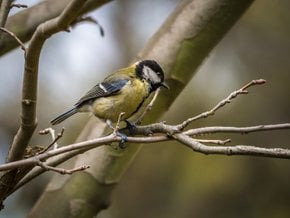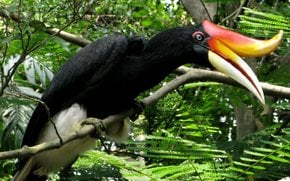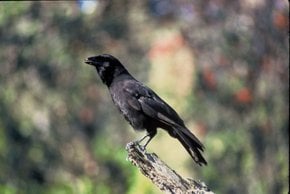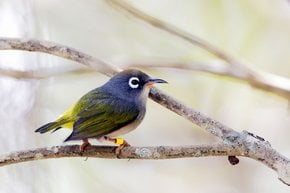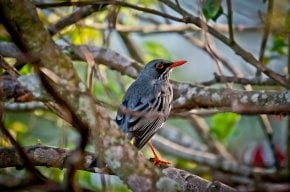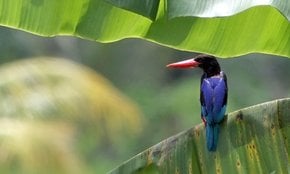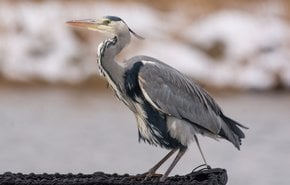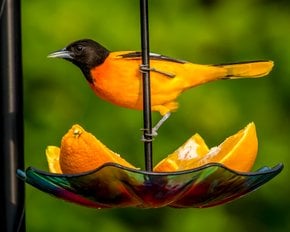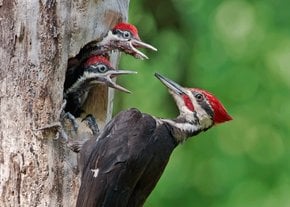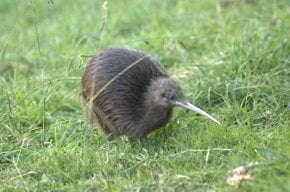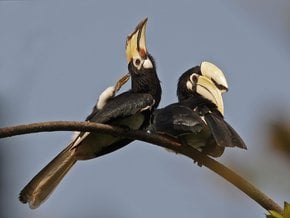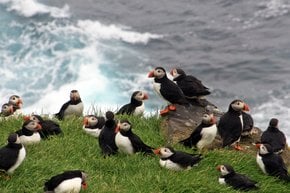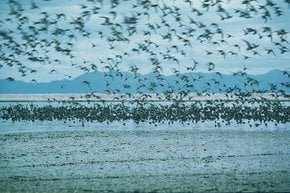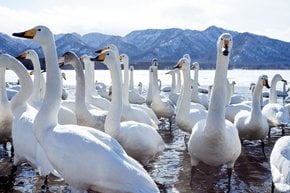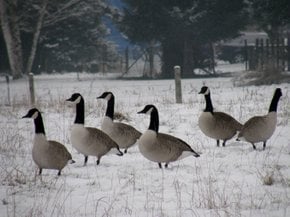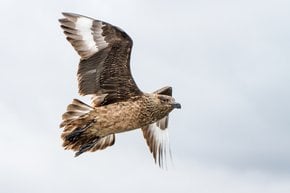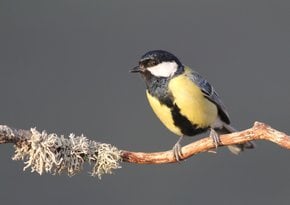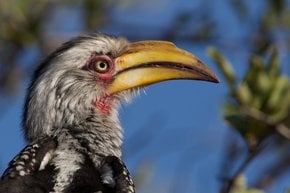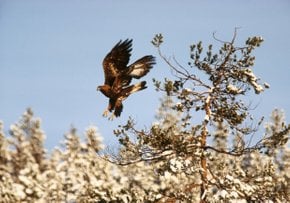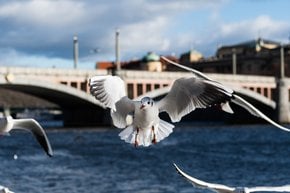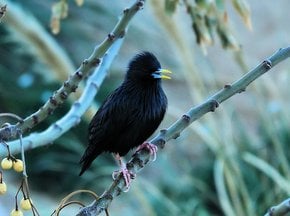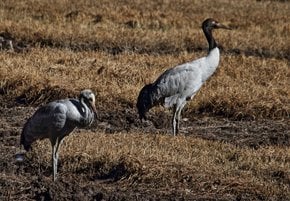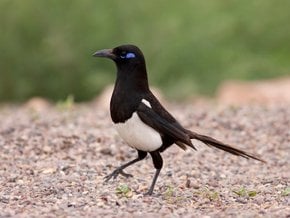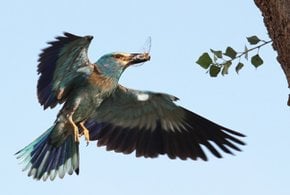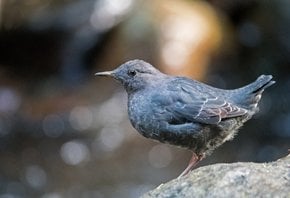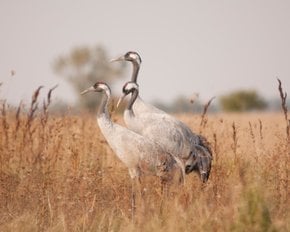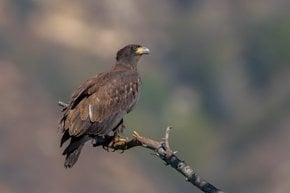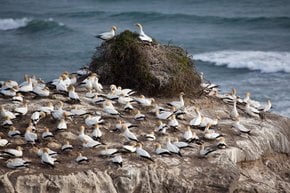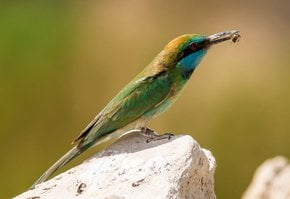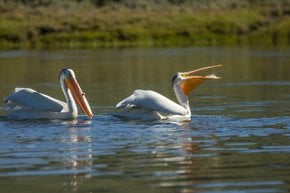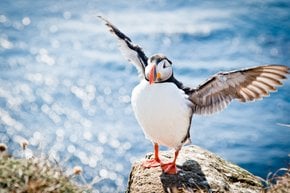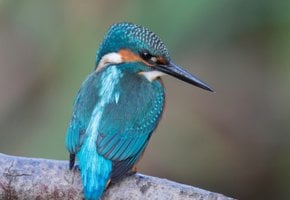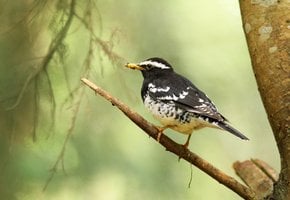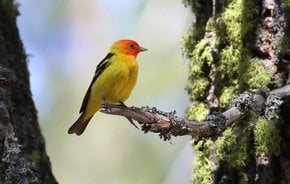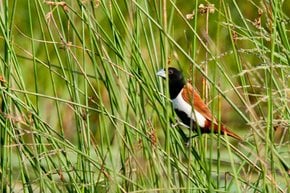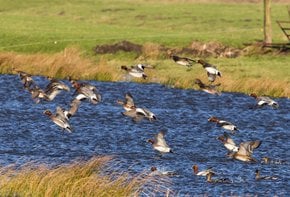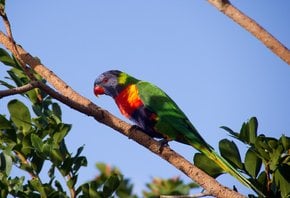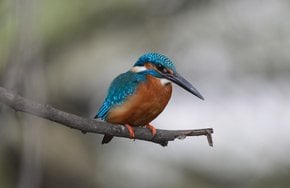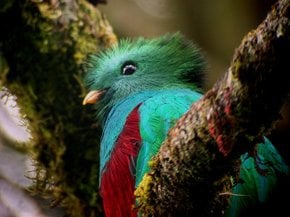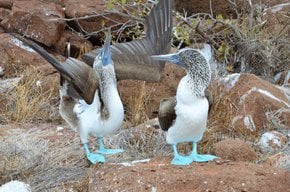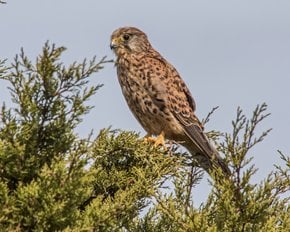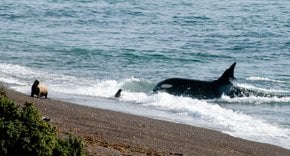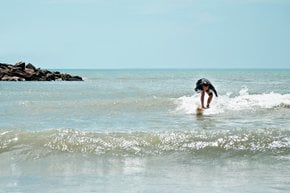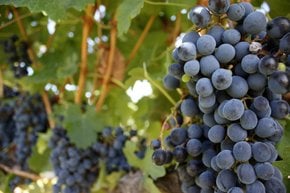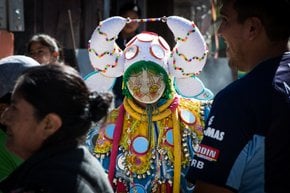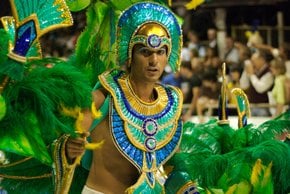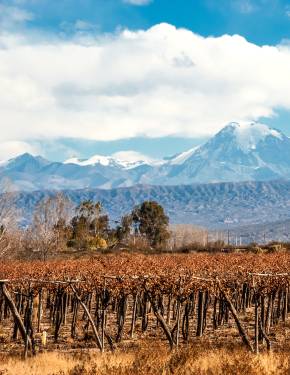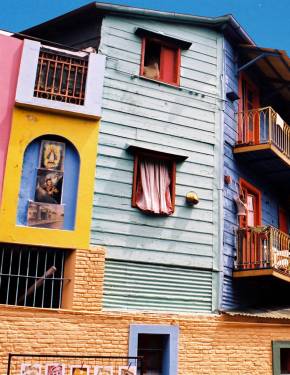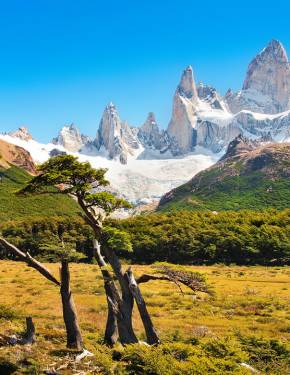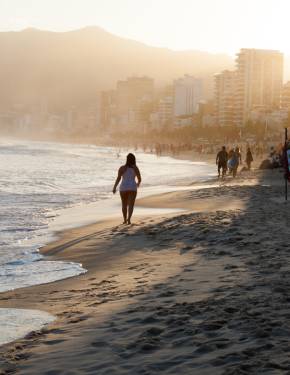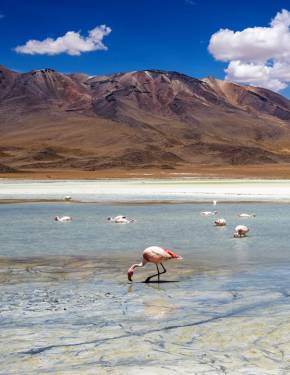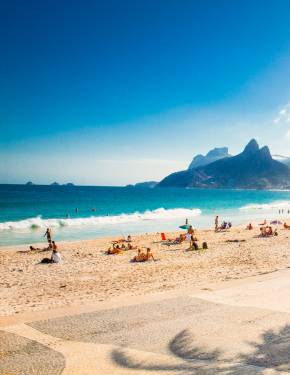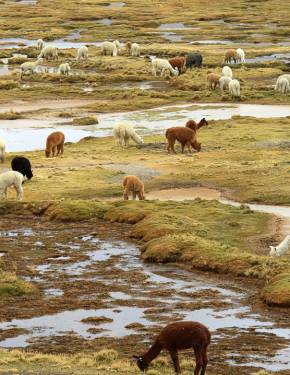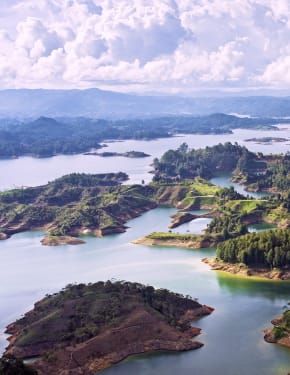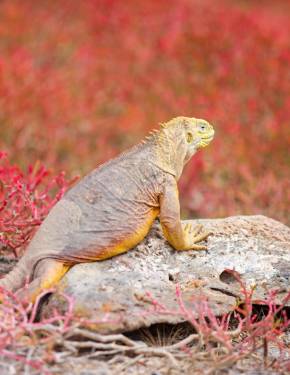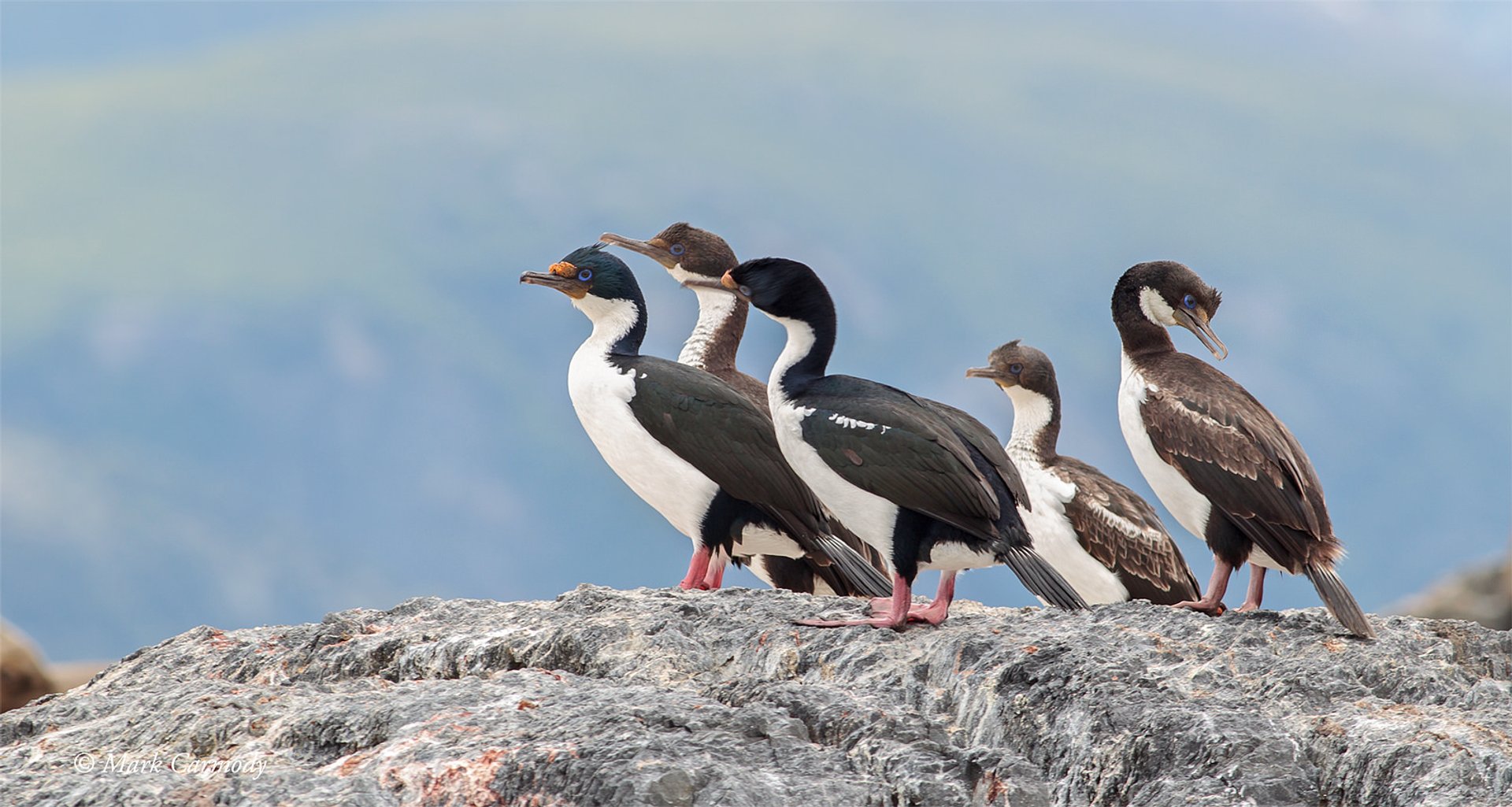






Argentina is home to four species of shags including the most wide-spread Imperial Cormorant, Rock Cormorant, Neotropic Cormorant, and Red-legged Cormorant. The birds reside along the coastline and Patagonia. However, one would rarely spot them in large numbers outside of nesting season that runs from October to February. Imperial shags must be the most impressive—thousands of cormorant pairs build their nests side by side right on the beach creating quite a surreal spectacle to observe.
Rock shag is another popular species found on rocky cliffs, hence comes the name "rock cormorants." In fact, Rock cormorants are adapted to both earth and water. Rock cormorants have webbed feet which help them to move in the water quickly. In Argentina, their home is the Patagonian region, particularly the coasts of Punta Loma and Golfo Nuevo.
Generally, cormorants are very caring parents. After the birth of the chicks, the parents care for them alternately: one stays in the nest, the other searches for food. Watching the birds in their natural environment is a true delight.
Practical info
When is the best time to visit Argentina to see Patagonian Cormorants?
The nesting season for Patagonian Cormorants in Argentina lasts from October to February, attracting thousands of Imperial Shags to the coast. Other species of cormorants can be found throughout the year on the rocks and coastline of Punta Loma and Golfo Nuevo. These months offer the best opportunity to observe the impressive nests and breeding behavior of these birds. Show more
Where can I find the four species of cormorants in Argentina?
All four species of cormorants found in Argentina—Imperial Cormorant, Rock Cormorant, Neotropic Cormorant, and Red-legged Cormorant—are distributed along the coastlines and Patagonia of the country. During breeding season (October-February), Imperial Shags can be observed nesting in large numbers on the beaches, while other species typically reside on rocky cliffs and coasts of Punta Loma and Golfo Nuevo. Show more
How do Patagonian Cormorants differ from other cormorant species?
Patagonian Cormorants, also known as Imperial Shags, are the largest of the four species found in Argentina. They feature black and white feathers with bright blue patches around their eyes during breeding months. Unlike other cormorant species, they build their nests along the beaches in large numbers during breeding season. This species' unique characteristics make it a distinctive and compelling bird to observe up close. Show more
What is the nesting season for cormorants in Argentina?
From October to February, cormorants in Argentina construct their nests along the coastlines and beaches. During this period, observers can view the birds' reproductive and breeding behavior, including the alternation of caring between parents, as one stays in the nest while the other forages for food. It's an exciting time of the year to catch a glimpse of the cormorants in their natural habitat. Show more
Can I observe cormorants parenting behavior during my visit to Argentina?
In Argentina, parenting behavior can be observed among cormorants, offering enthusiasts a fascinating window into the birds' actions. In most cases, the parents engage in caring alternately- one seeing after the chicks in the nest while the other searches for food. With a bit of timing and luck, visitors will witness the rearing of the chicks and experience one of nature's most touching moments they will not soon forget. Show more

